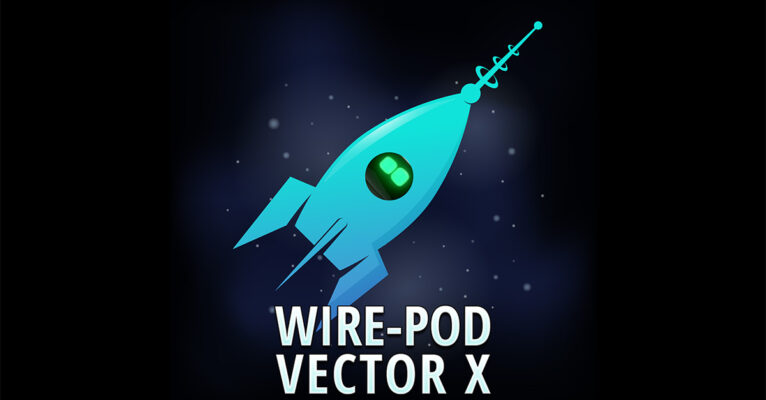The setup of Wire-Pod can be daunting for simple users that do not know how a RasPi or Linux work or think about a Playstation if they hear the word “console”. But thanks to a community coder named Zark75 this process now became a lot easier end even less tech-savvy people should be able to set it up.
Behold the Wire-Pod-based Vector X.
You only have to download and write an operating system image (containing RasPi OS and Wire-Pod including VectorX) to an Micro-SD-card, and insert it into a Raspi. After that you connect your phone to a WiFi hotspot that RasPi opens and then you set you local WiFi credentials. And – voilá – the Wirepod is active in your local network.
And it gets even better: You now can connect any computer (or a mobile phone) to the Wire-Pod/VectorX web interface and configure all keys and credentials you need for speech recognition, knowledge base or weather in a user-friendly way in that web interface withou the need to do it on a Linux console. You also can onboard robots via the web interface.
This is so much easier than before that a lot more users will be able to install Wire-Pod and connect their robots to it. You now can have a feature-complete local server with way more functionality than the original Escape Pod that is comparably easy to install. Be aware of the fact that you will need a RasPi 4 with at least 4 GB to run this (the palm-sized computer was out of stock for quite some time due to chip shortages, but they start to appear again at reasonable prices), a micro SD card with at least 16 GB capacity and a power supply that has a high enough output to run the RasPi.
Please all give high praises and big hands to Zark75 who invested a lot of time to make this possible! We cannot thank him enough for doing this! And also to Wire for releasing Wire-Pod!
Zark75 just released a first experimental version you can try out (but remember: this is still experimental and may contain bugs. If you find any, please report them!). See all details in his clip, in the video description you also find the link to the image you have to flash for your RasPi4:
And again we have to ask why community coders are able to do this in weeks in their spare time and Digital Dream Labs was not able to deliver something like this in years? The answer most probably is: Too small team and bad project management. Not the engineers working on this were responsible, but clearly Hanchar’s bad management.
Had DDL open sourced everything, as was promised in the Kickstarter, third party coders would have freely done the work for DDL increasing the popularity of the robots and demands and in the long term – that would have created income for DDL. But unfortunately Hanchar is too shortsighted to see the benefits of that. Now with the critical financial state the company is in and with the one person working on the tech side of things (and from reports that person is solely focused on projects that “make profit”) I doubt we will ever see a full OSKR.




Hello,
thank you for the information! Where can we download the image? Unfortunately, this is not mentioned in the video.
As I wrote: It’s in the video description.
HI, I’m really interrested by this, but in my case i have a RasPi 3 and i would like to know, as some people i saw some other site, if it is possible to run it on this one… a 4 is much more expensive 🙁 Thanks in advance for your reply.